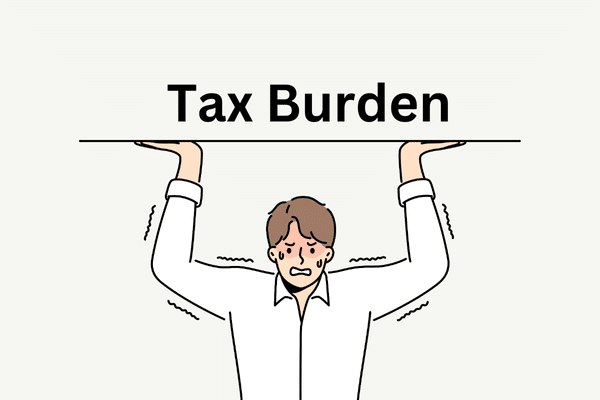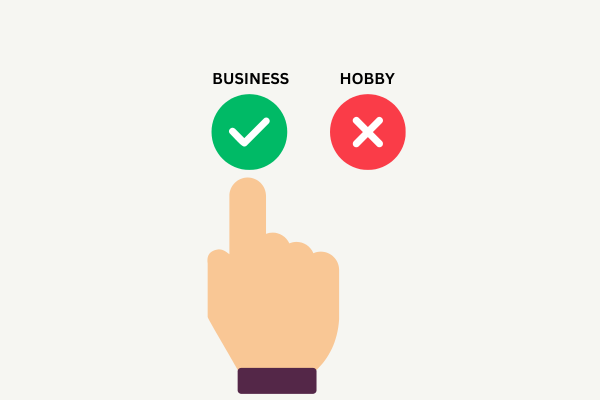
Partner distributions are essential for maintaining fairness and financial transparency in small businesses. However, mismanaging these payouts can create conflict, cash flow issues, and attract IRS scrutiny.
Here’s how to identify and fix the top five mistakes small businesses make with partner distributions—backed by insights from Insogna CPA, a trusted Austin TX accountant specializing in small business tax strategies.
1. Failing to Define a Clear Partnership Agreement
The Mistake:
Many small businesses operate without a formalized partnership agreement, leading to disputes over distribution amounts and timing. This lack of structure often causes inequitable payouts and legal challenges.
The Fix:
Draft a partnership agreement that includes:
- Equity Shares: Define each partner’s ownership percentage.
- Distribution Schedules: Outline when and how distributions are paid.
- Profit Allocation Rules: Clarify when profits are reinvested versus distributed.
Pro Tip: Collaborate with an accounting firm in Austin to ensure your agreement meets IRS standards and aligns with your business goals.
2. Misclassifying Distributions
The Mistake:
Some businesses misclassify distributions as salaries, or vice versa, which can lead to overpaid taxes and penalties for incorrect reporting.
The Fix:
Understand the difference:
- Guaranteed Payments: Compensation for active partners.
- Distributions: Profit-sharing payouts that aren’t subject to payroll taxes.
Maintain consistent and accurate financial records.
Pro Tip: Use accounting software recommended by trusted Austin accounting services to automate classifications and avoid errors.
3. Ignoring Cash Flow Management
The Mistake:
Distributing too much profit too soon can leave a business without the funds needed for taxes, operating costs, or reinvestment.
The Fix:
- Establish a cash reserve for essential expenses and growth opportunities.
- Set a minimum cash balance threshold before issuing distributions.
Pro Tip: Consult a tax advisor in Austin to create a financial plan that balances partner payouts with operational stability.
4. Unequal Treatment of Partners
The Mistake:
Distributing profits unequally or without transparency can lead to resentment, financial disputes, and legal challenges. Common causes include:
- Favoritism during financial strain.
- Failure to account for differences in capital contributions.
- Poor communication regarding distribution policies.
The Fix:
- Follow the terms outlined in your partnership agreement.
- Hold regular reviews to ensure distributions are fair and aligned with contributions.
- Involve a neutral third party, like CPA in Austin, Texas, to mediate and provide unbiased advice.
5. Overlooking Tax Implications
The Mistake:
Failing to understand the tax consequences of distributions can result in underpayment of taxes, triggering audits or penalties.
The Fix:
- Issue accurate K-1 forms to partners for reporting their share of income, deductions, and credits.
- Set up quarterly tax payments to avoid year-end surprises.
- Partner with one of the best CPA firms in Austin, TX to ensure compliance with IRS rules and maximize tax efficiency.
Pro Tip: S Corporations must distinguish between reasonable salaries and profit distributions to avoid IRS scrutiny.
Build a Better System for Managing Partner Distributions
Avoiding these common mistakes requires proactive planning, transparent communication, and expert support. Here’s how to improve your process:
- Engage an Accounting Firm in Austin:
A professional CPA can help draft partnership agreements, implement accurate accounting systems, and ensure ongoing compliance. - Leverage Technology:
Tools like QuickBooks and Xero, recommended by Austin’s accounting services, can streamline recordkeeping and calculations. - Communicate Regularly:
Regular partner meetings foster alignment on distribution policies and financial goals. - Stay Informed:
Work with a small business CPA in Austin, TX to understand changing IRS regulations and apply best practices.
Case Study: Resolving Partner Distribution Issues
The Challenge:
A small law firm in Austin, TX, faced conflicts over partner distributions. One partner contributed significantly more capital but received the same payouts as others, creating tension.
The Solution:
Insogna CPA, one of the top accounting firms in Texas, reviewed the partnership agreement and financial records to identify discrepancies.
The Outcome:
- Revised the agreement to reflect capital contributions.
- Implemented a quarterly review process for transparency.
- Ensured compliance with IRS rules, avoiding potential penalties.
The Result:
The firm improved cash flow by 20% and restored trust among partners.
Why Choose Insogna CPA?
Partner distributions are complex, and mistakes can cost your business time, money, and relationships. Insogna CPA, a trusted Austin accounting firm, specializes in creating equitable systems for small businesses.
We offer:
- Expert Guidance: Decades of experience with IRS regulations and partner equity management.
- Tailored Solutions: Plans designed to ensure fairness and financial sustainability.
- Proactive Support: Regular reviews and tax planning to prevent future issues.
Take the First Step Toward Better Financial Management
Managing partner distributions effectively is key to fostering strong relationships and maintaining financial health. With Insogna CPA’s expertise, you can avoid common mistakes and build a compliant, fair distribution system.
Contact us today for a consultation and discover how our exceptional Austin accounting services can support your business.





